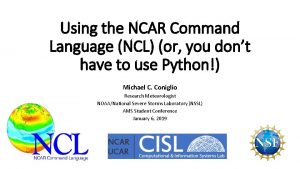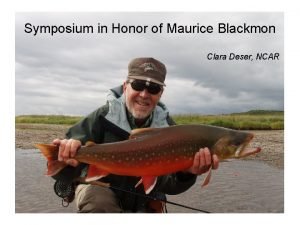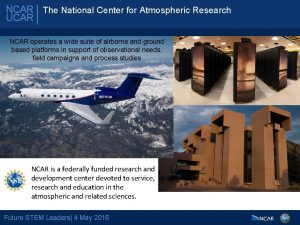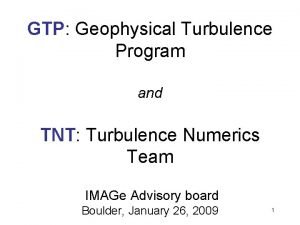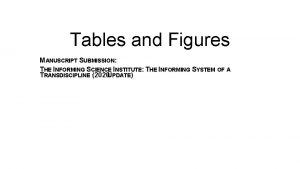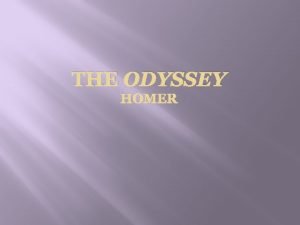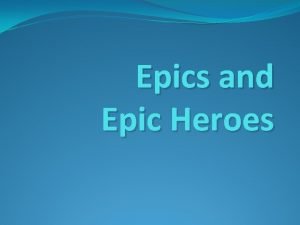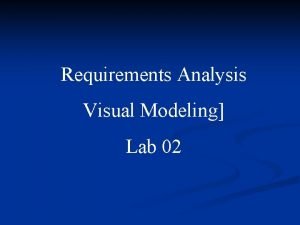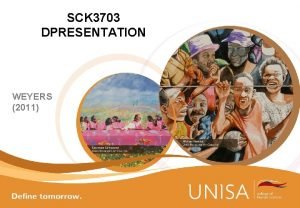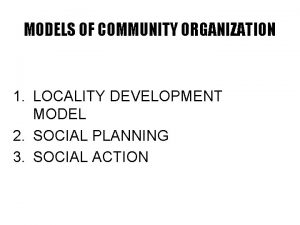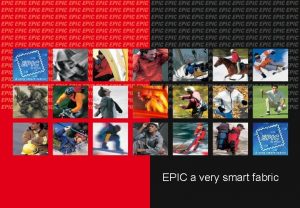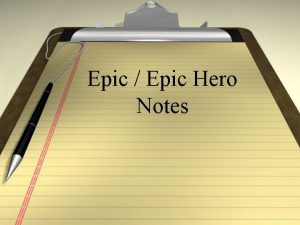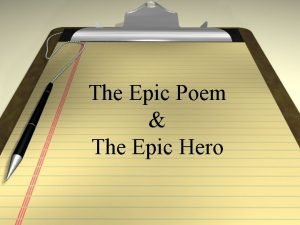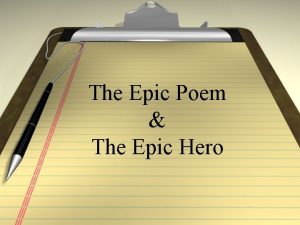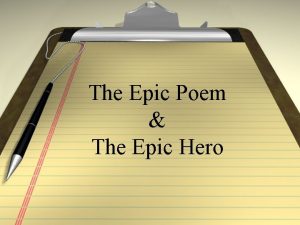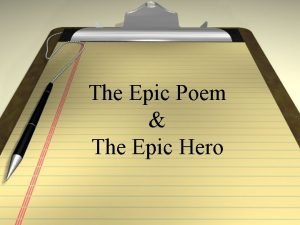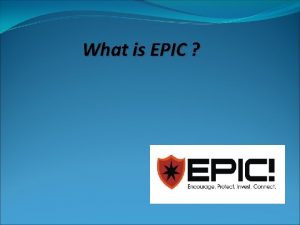NCAR Community Models Informing Requirements for EPIC Chris











- Slides: 11

NCAR Community Models Informing Requirements for EPIC Chris Davis and Jean-Francois Lamarque NCAR

What are NCAR Community Models? Community Earth System Model (CESM) • Community Atmosphere Model (incl. chemistry), land, sea ice, land ice and ocean components • Working groups with large community involvement, liaisons to/from NCAR • Hierarchical model development • Scientifically and functionally supported versions Weather Research and Forecasting Model (WRF), Model for Prediction Across Scales (MPAS) • WRF: atmosphere (incl. chem. ) • WRF: plethora of options, with recommendations • Widespread experimentation (Planet-WRF to WRF-LES) • MPAS: atmosphere, ocean, ice, small subset of WRF physics/options The following slides address many questions posed regarding applying lessons learned from these community modeling efforts to EPIC.

What have been the keys to successfully standing up a community modeling effort? • a clear pathway for new science to be incorporated • excellent documentation • tutorials and workshops to teach about the models and discuss shortcomings and development expert help when it is needed inclusive and international reach paying attention to students as the next generation portability • • • user friendly standardized workflow • easy access to code and clear provenance • long-term support of existing versions that have been used • extensively (CESM Large Ensemble for example) access to model output to enable community feedback (CESM, NCAR Ensemble)

How do we incentivize participation in EPIC? • Do all the things on the previous slide • Add a physical co-location of researchers to fuel collaborations and generate ideas. – Can be intermittent and focused – Tiger-team-like – Funded

Reasons for success of WRF and CESM communities. What could have been done better? Pitfalls to avoid? How should EPIC community be set up and supported? • WRF plusses – – – ability to add new science fairly easily excellent software engineering easy initialization and restart capability compatible data assimilation system developers actively engaged in support • WRF minuses – proliferation of options (some call this a plus) – not supported as a coupled system

What would EPIC need to look like for NCAR to merge its established modelling communities with EPIC? • Reframe this question: two-way benefits • merged (“co-developed”) infrastructure: already underway via the CP/CCPP • user friendly unified workflow and hierarchical model development and applications • advanced testing environment and accelerator of development for CESM and WRF/MPAS with “built-in” R 2 O 2 R potential • access to model output and shared analysis tools to allow user community to provide feedback

The NSF has stated that it does not want NCAR involved in operational NWP activities. However, this limits the efficacy of NWP R 2 O for the nation? Should that NSF policy change? • Regarding NSF ”policy”, that is up to NSF • If EPIC is serious about involving the university community and NSF, it should provide a platform for fundamental research, only a small fraction of which becomes a candidate for operations.

How do you see US NWP becoming part of a larger “community-based Earth System Modeling”? • To the extent that UFS uses interoperable infrastructure that is shared with CESM there will be a basis for NOAA's modeling to become part of a community-based Earth system model.

What new technologies do you see enhancing full Earth system modeling? • • Data assimilation for initialization of coupled modeling systems Adaptation of codes to run on mixed CPU/GPU architectures Portability to cloud computing New paradigms of data analysis, storage and provision

Metrics of Community Success Applicable to UFS Through EPIC • Widespread use of the modeling systems • Prolonged and productive collaborations with community partners for research leading to development • Entraining the next generation of researchers through dissertation-related hands on experience • And, of course, examples of transferred code (and concepts) improving operational metrics

Concluding Thoughts • True community models encourage experimentation and new developments, sometimes radical • Significant resources are required for support of any community model, in proportion to complexity of the system • Requirement for user-friendly workflow that permits experimentation • Novel experimentation requires support from developers • Some innovations need to make it into operations, otherwise demotivating • It is not clear that a “wide-open” paradigm of use and development is the most efficient approach to improving operational prediction, especially in a limited time of a few years. How patient are we?
